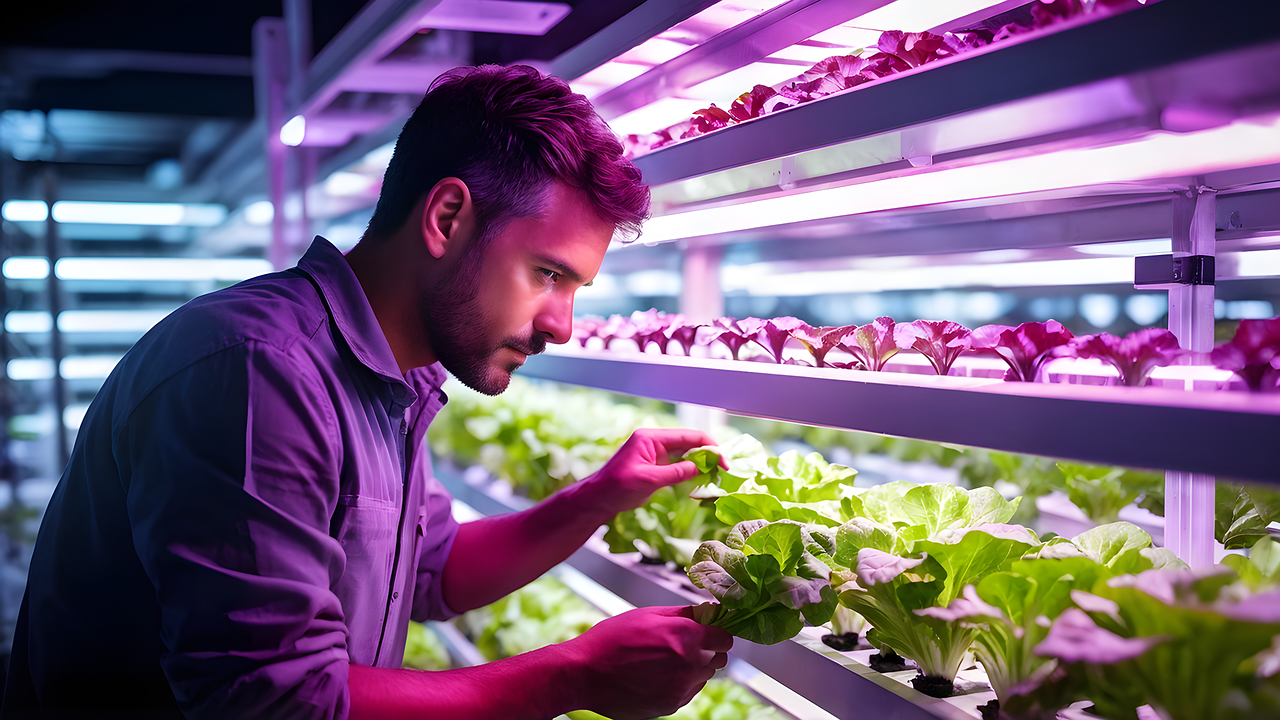The smart agriculture market is projected to reach approximately USD 29.23 billion by 2027, reflecting a compound annual growth rate (CAGR) driven by technological advancements and the pressing need for sustainable farming practices. This growth can be attributed to several key factors that are transforming the agricultural landscape.
1. Rising Global Population
The global population is expected to reach nearly 10 billion by 2050, which necessitates a significant increase in food production. According to the Food and Agriculture Organization (FAO), agricultural production must increase by 70% to meet this demand. Smart agriculture technologies—such as precision farming, which uses data to optimize field-level management—are crucial in achieving this goal.
2. Sustainability Efforts
As concerns about climate change and environmental degradation grow, there is a push for more sustainable agricultural practices. Technologies such as drone monitoring and soil sensors enable farmers to use resources more efficiently, reducing waste and minimizing the ecological footprint. Research from McKinsey suggests that smart farming can help reduce greenhouse gas emissions and conserve water, aligning with global sustainability targets.
3. Government Initiatives
Many governments are recognizing the importance of technology in agriculture and are implementing supportive policies. For example, the United States Department of Agriculture (USDA) has launched various programs to promote the adoption of innovative farming technologies. In Europe, the Common Agricultural Policy (CAP) encourages the integration of digital tools in agriculture, further bolstering market growth.
4. Data-Driven Decision Making
The integration of IoT, artificial intelligence (AI), and big data analytics is transforming how farmers operate. By collecting and analyzing data from various sources—such as weather patterns, soil health, and crop yields—farmers can make informed decisions that enhance productivity and profitability. A report from MarketsandMarkets highlights that the global IoT in agriculture market alone is expected to grow significantly, underscoring the demand for data-driven solutions.
Conclusion
In summary, the smart agriculture market is set for substantial growth due to the intersection of technology, sustainability, and the need to meet global food demands. As these trends continue to evolve, stakeholders across the agricultural supply chain will increasingly rely on smart technologies to optimize operations and promote sustainable practices. This growth presents not only opportunities for innovation but also challenges that require coordinated efforts from industry players, governments, and research institutions.

